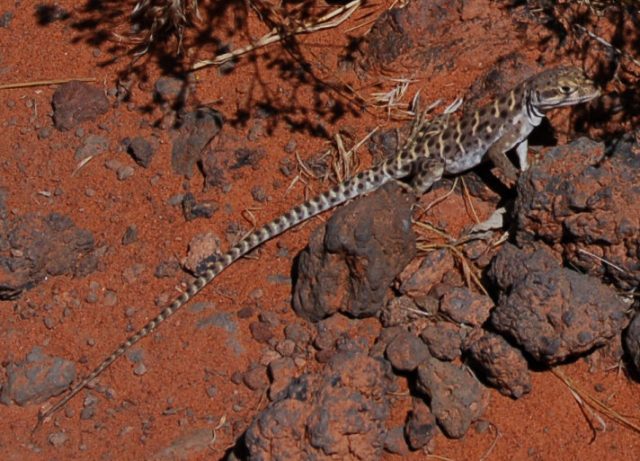Type the name of the breed you're looking for below
[wpdreams_ajaxsearchlite] Don't see the breed your're looking for? Click here and let us know!
Leopard Lizard
| Place of Origin and Range | Its range includes the Western part of the United States from Oregon to Idaho in the north, south to northern Mexico in Baja California, Sonora, Coahuila, and Zacatecas. In San Diego County, it occurs east of the Peninsula Ranges within the Lower Colorado Desert. |
| Description | This lizard has granular dorsal scales that can be white, cream, or grey with irregular brown or dark grey spots along its body and head. Sometimes they have dark bars across their back. The tail also has dark bars across it. Juveniles have more highly contrasted markings compared to adults, often with rusty colouring on the back or bright red spots, and yellow on the thighs and under the tail. |
| Morph Patterns Available | Yes |
| Adult Size | Can grow up to 14 in ( 31cm) |
| Accommodation | They are found in desert flats and lower foothills with little vegetation. Temperatures of 79 °F (26 °C) to 95 °F (35 °C) and must have appropriate sources of UVB and UVA lighting, or else their bodies cannot produce vitamin D that promotes calcium absorption, which can result in a metabolic bone disease that can be fatal. A large enclosure and access to fresh water. 3 f x 3 f x 30 inches. |
| Lifespan | Can live 6- 10 years |
| Feeding / Diet | They eat insects, small mammals (such as rodents), smaller species of lizards, fruits and flowers. |



